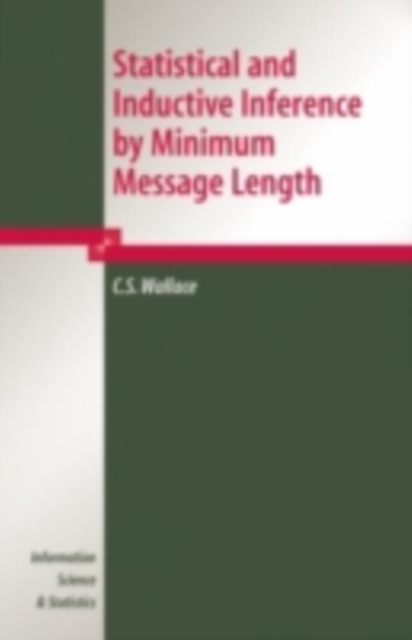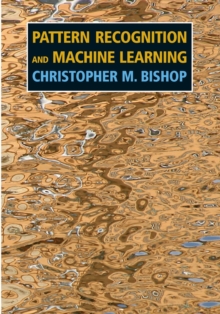
Statistical and Inductive Inference by Minimum Message Length PDF
by C.S. Wallace
Part of the Information Science and Statistics series
Description
Mythanksareduetothemanypeoplewhohaveassistedintheworkreported here and in the preparation of this book.
The work is incomplete and this account of it rougher than it might be.
Such virtues as it has owe much to others; the faults are all mine.
MyworkleadingtothisbookbeganwhenDavidBoultonandIattempted to develop a method for intrinsic classi?cation.
Given data on a sample from some population, we aimed to discover whether the population should be considered to be a mixture of di?erent types, classes or species of thing, and, if so, how many classes were present, what each class looked like, and which things in the sample belonged to which class.
I saw the problem as one of Bayesian inference, but with prior probability densities replaced by discrete probabilities re?ecting the precision to which the data would allow parameters to be estimated.
Boulton, however, proposed that a classi?cation of the sample was a way of brie?y encoding the data: once each class was described and each thing assigned to a class, the data for a thing would be partially implied by the characteristics of its class, and hence require little further description.
After some weeks' arguing our cases, we decided on the maths for each approach, and soon discovered they gave essentially the same results.
Without Boulton's insight, we may never have made the connection between inference and brief encoding, which is the heart of this work.
Information
-
Download - Immediately Available
- Format:PDF
- Publisher:Springer New York
- Publication Date:20/11/2005
- Category:
- ISBN:9780387276564
Other Formats
- Hardback from £104.05
Information
-
Download - Immediately Available
- Format:PDF
- Publisher:Springer New York
- Publication Date:20/11/2005
- Category:
- ISBN:9780387276564










